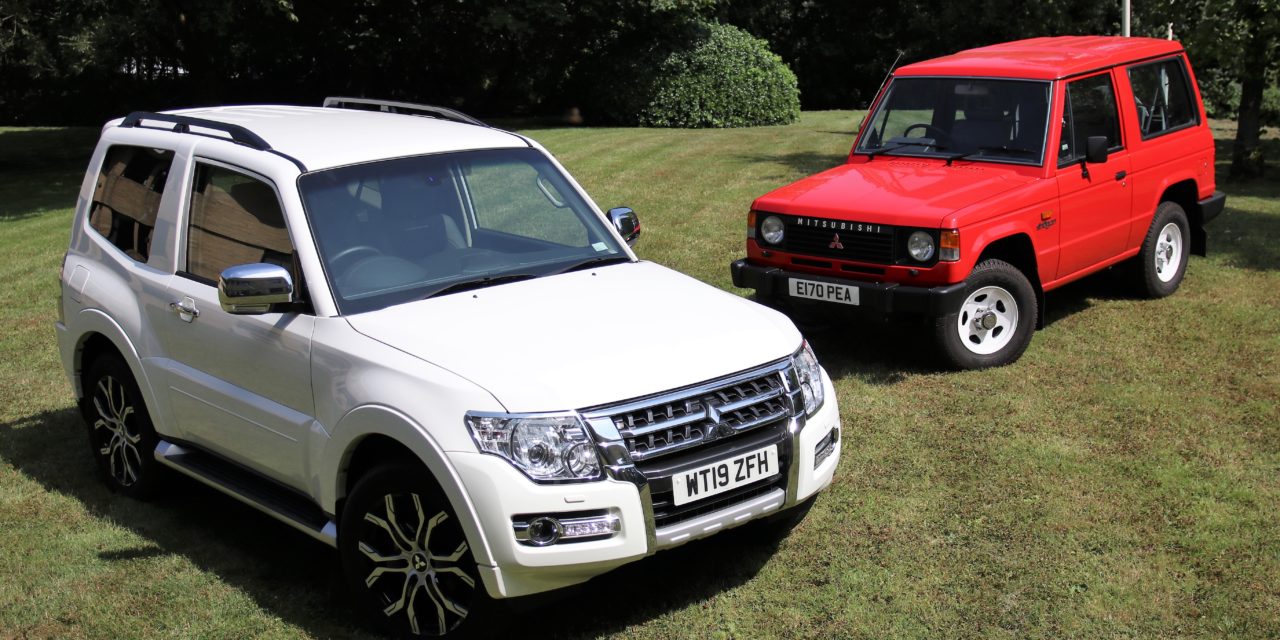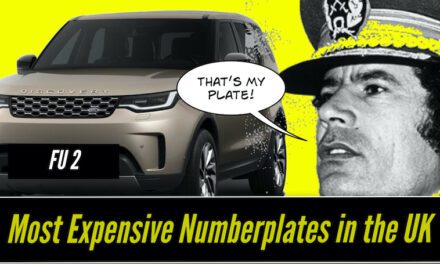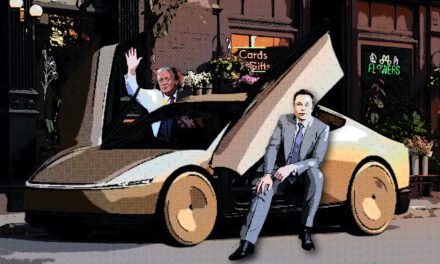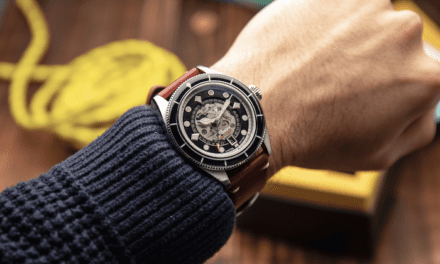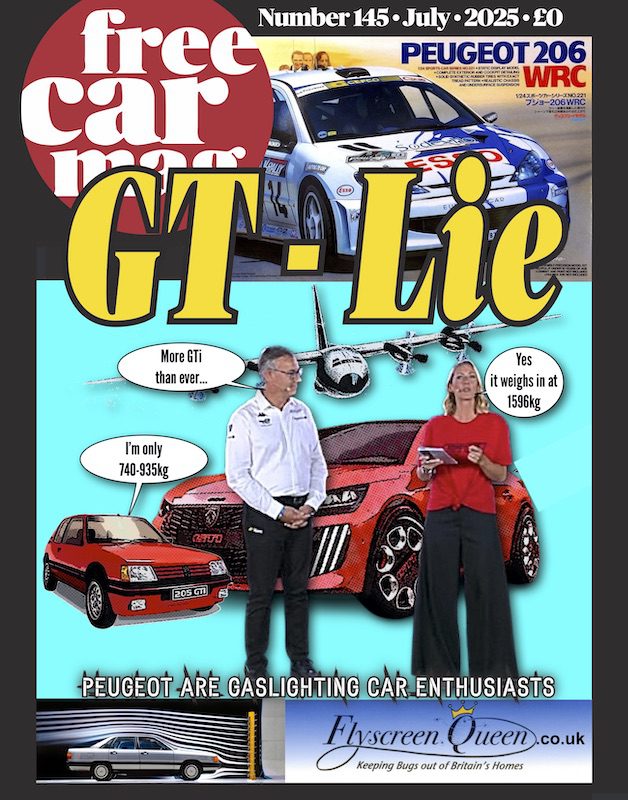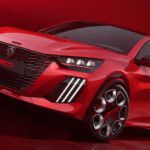* 2019 SWB Barbarian is the last Shogun to be registered in the UK
* Mitsubishi Motors in the UK adds the Frost White example to its heritage fleet
* Final registration marks the end of 37 years of Shogun sales in the UK
* 114,164 Mitsubishi Shoguns registered in the UK since the model’s 1982 launch
Mitsubishi Motors in the UK has registered the final Mitsubishi Shogun and added it to its fleet of heritage vehicles. The Shogun SWB Barbarian was one of the last examples of the formidable 4×4 icon to make its way into the UK via the brand’s Portbury-based import centre, following the end of European production at the Mitsubishi Motors Corporation manufacturing facility in Sakahogi, Gifu, Japan. Since the Shogun’s 1982 launch, a total of 114,164 have been registered in the UK.
The Mitsubishi Shogun SWB Barbarian, registered in July by Mitsubishi Motors in the UK, is the latest addition to the brand’s heritage fleet, providing a striking contrast to another recent addition to the fleet – a first-generation 1987 Shogun SWB 2.6-litre petrol with manual transmission.
Finished in Frost White, the 2019 Shogun SWB Barbarian has a comprehensive specification that includes leather trim, DAB radio, satellite navigation, reversing camera and climate control. It perfectly illustrates how the legendary 4×4 evolved over its production to complement its superb off-road capability with high levels of refinement and equipment. In comparison, creature comforts in the brand’s original 1987 Shogun SWB include a radio cassette, reclining front seats and a height adjustable steering wheel.
The brand’s heritage fleet also includes a second-generation Mitsubishi Shogun SWB GLS 3.0-litre V6 petrol, registered in 2000. Mitsubishi Motors in the UK uses the Shoguns and the rest of its historic vehicles, which span a 1974 Lancer (the original press car used to launch the brand in the UK) to an Evo X FQ-440, to highlight the manufacturer’s rich history.
Rob Lindley, Managing Director, Mitsubishi Motors in the UK, said: “The Shogun was an incredibly important vehicle for us, helping us to be one of the leaders in the 4WD and SUV segments from as long ago as the early 1980s and rapidly grow our brand presence in the UK. The sheer number of Shoguns sold to such a broad range of customers, spanning private motorists right through to the emergency services, and the length of the production run shows how well loved the Shogun is. We’re delighted to now have the last example registered in the UK on our heritage fleet, its inclusion recognising its significance in the success that we enjoy today and a permanent reminder of just how good it was.”
Images, information on Mitsubishi models and recent press releases are available to the media on www.mitsubishi-media.co.uk<www.mitsubishi-media.co.uk>
ABOUT THE MITSUBISHI SHOGUN
The roots of the Mitsubishi Shogun (also known as Pajero and Montero in other countries) can be traced back to 1934 with the pioneering Mitsubishi PX33 prototype, the first 4WD vehicle built by the company. Mitsubishi Motors presented the Shogun prototype at the Tokyo Motor Show in November 1979, with production starting in 1982.
The Mitsubishi Shogun debuted in the UK in 1982. It was designed and built to combine rugged 4×4 capability with the comfort, handling and specification of a luxury saloon. It quickly became a global success, winning many awards and achieving 12 overall wins in the infamous Paris-Dakar rally, including winning at the very first attempt in 1983.
In 1991, Mitsubishi Motors unveiled a second generation. Along with updated, smoother body styling, one major development was the introduction of Mitsubishi’s much revered Super Select four-wheel drive system. A 2.5-litre or 2.8-litre diesel engine was offered alongside a 3.0-litre and 3.5-litre petrol engine.
The Shogun/Pajero Evolution arrived in late 1997, having been developed in response to changes in the entry requirements for the Paris-Dakar Rally’s T3 class. Coming with the 3.5-litre 24-valve DOHC V6 petrol engine, the Shogun Evolution also benefited from a new dual plenum variable intake helping to increase the power and a new independent rear suspension making the ride smoother.
The third generation Mitsubishi Shogun arrived in the UK in 1999. The Shogun moved to a monocoque body with built-in ladder frame chassis and updated body structure, which improved the on-road ride and handling, whilst offering both a reduction in weight and improved rigidity. Further improvements to the four-wheel drive system were made along with the introduction of four-wheel independent suspension, giving each wheel improved grip. It was available in either a 3.5-litre petrol GDi engine or the vastly more popular 3.2-litre Direct-Injection Diesel engine and in either manual or automatic transmission.
2006 took the Mitsubishi Shogun into its fourth and final generation. The vehicle remained true to its original design philosophy throughout the years, delivering dependable off-road performance and towing capability with Mitsubishi’s renowned reliability. In the UK, this fourth generation Mitsubishi Shogun was available with the 3.2-litre diesel engine and automatic transmission combination only, with a facelift in 2012 making minimal restyling changes and an improved monocoque body and suspension revision. In 2015, the last set of revisions to the Shogun were made, an update to the front styling, which included new LED lighting, along with a revised grille design and a new spare wheel carrier on the tailgate.
ABOUT MITSUBISHI MOTORS Mitsubishi Motors Corporation is a global automobile company based in Tokyo, Japan, which has a competitive edge in SUVs and pickup trucks, electric and plug-in hybrid electric vehicles. Since the Mitsubishi group produced its first car more than a century ago, we have demonstrated an ambitious and often disruptive approach, developing new vehicle genres and pioneering cutting-edge technologies. Deeply rooted in Mitsubishi Motors’ DNA, our brand strategy will appeal to ambitious drivers, willing to challenge conventional wisdom and ready to embrace change. Consistent with this mindset, Mitsubishi Motors introduced its new brand strategy in 2017, expressed in its “Drive your Ambition” tagline – a combination of personal drive and forward attitude, and a reflection of the constant dialogue between the brand and its customers. Today Mitsubishi Motors is committed to continuous investment in innovative new technologies, attractive design and product development, bringing exciting and authentic new vehicles to customers around the world.

